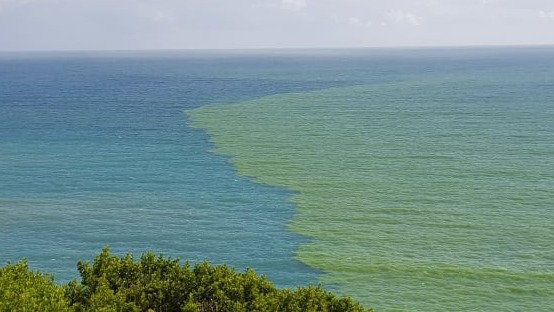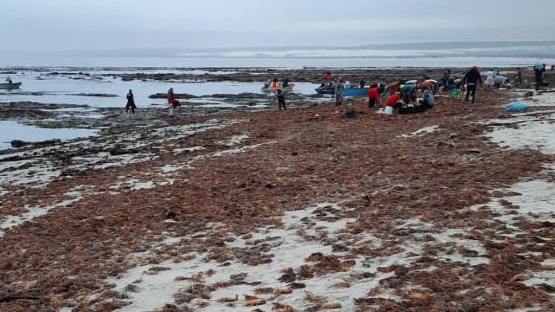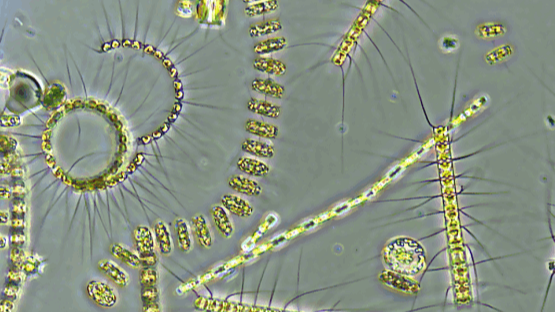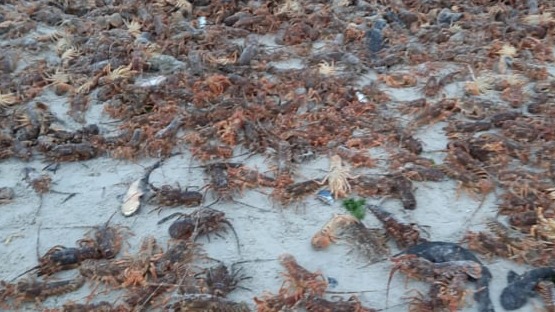Who benefits?
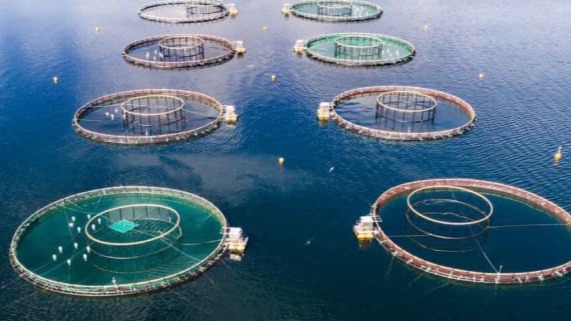
Aquaculture industry
OCIMS has partnered with commercial aquaculture farms to improve early warning efforts.
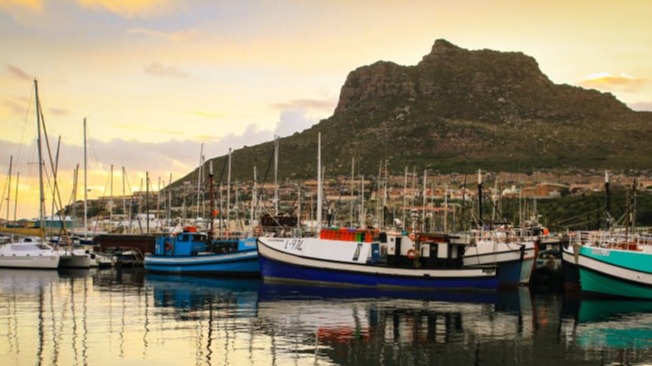
Commercial fisheries
OCIMS provides sea state information to commercial fisheries to help plan their activities.
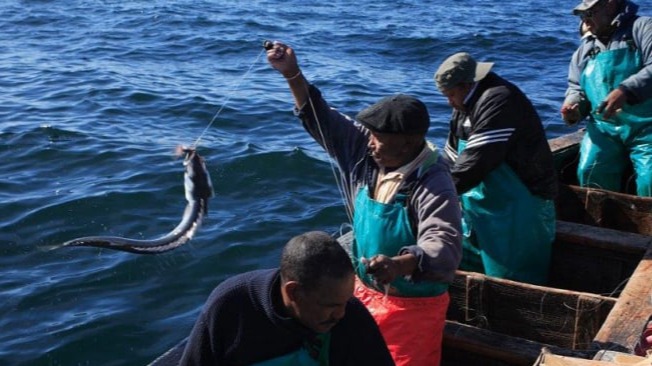
Small scale subsistence fishers
In partnership with Abalobi, OCIMS provides sea state information to small scale fishers to help plan their activities.
